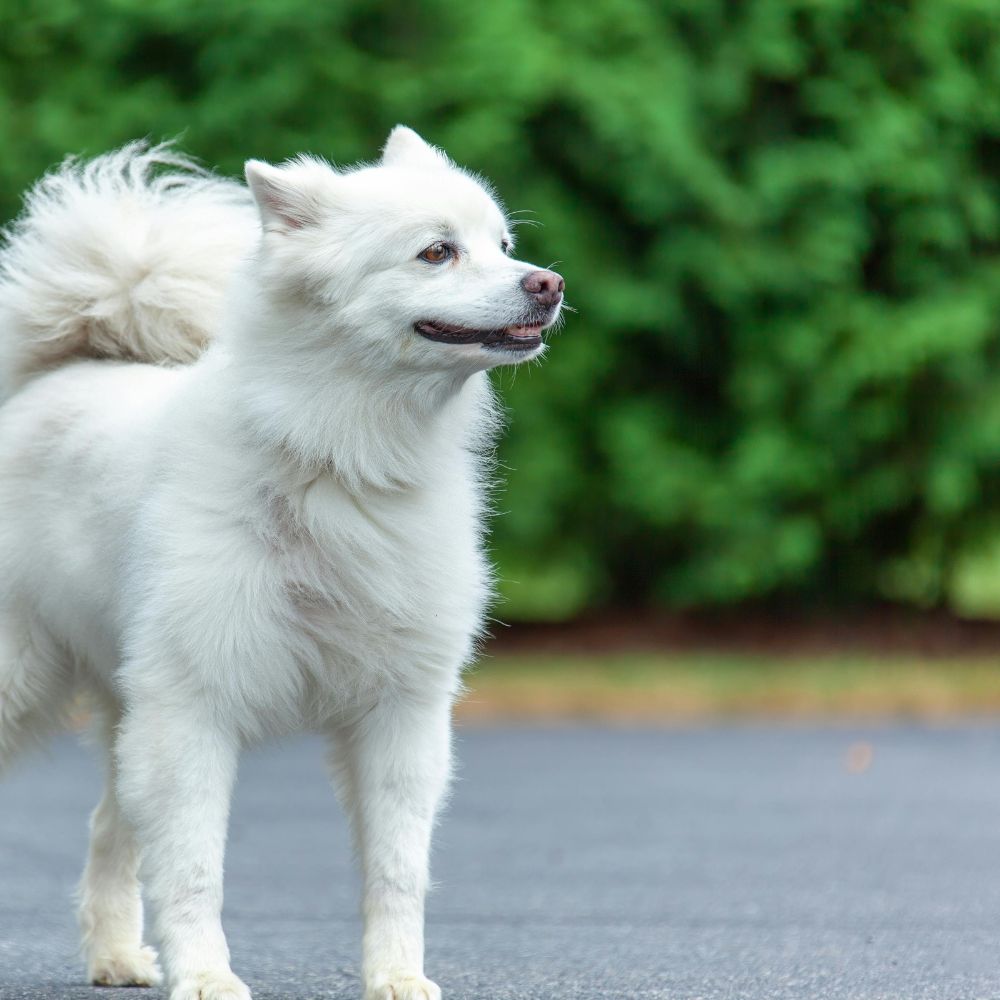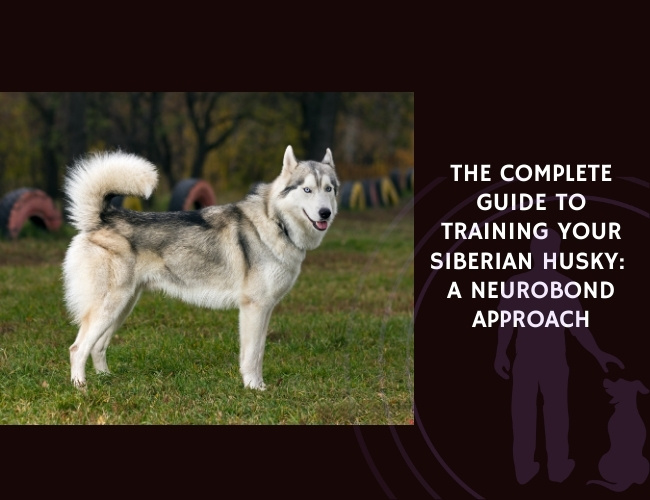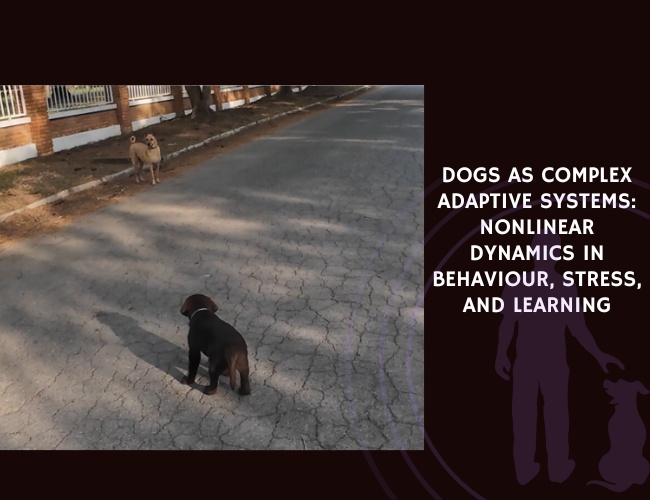Quick Facts about the American Eskimo Dog
- Origin: United States
- Weight: 2.7–16 kg (Toy, Miniature, Standard)
- Life expectancy: 12–15 years
- Coat Colour: White or white with biscuit cream
- Breed Group: Non-Sporting
The American Eskimo Dog is a striking companion breed known for its fluffy white coat, alert expression, and joyful spirit. Despite the name, this breed has German roots and a long history as a watchdog, performer, and devoted family member.
American Eskimo Dog History
The American Eskimo Dog traces its ancestry to the German Spitz, a Nordic-type dog known for its sharpness and beauty. German immigrants brought these dogs to the United States in the 19th century, where they became popular as watchdogs and circus performers due to their intelligence and visual appeal.
During World War I, anti-German sentiment led to a rebranding of the breed under the name “American Eskimo Dog,” though the breed has no historical connection to Eskimo or Arctic peoples. It was officially recognised by the AKC in the 1990s.
Today, the breed comes in toy, miniature, and standard sizes—all sharing the same cheerful disposition and snowy-white coat.

American Eskimo Dog Temperament
American Eskimos are lively, clever, and affectionate. They enjoy being around people and often thrive in active households. While generally friendly, they can be cautious around strangers and have a natural alertness that makes them excellent watchdogs.
Their intelligence makes them highly trainable, but they can become bored or vocal if under-stimulated. They require a balance of structure, companionship, and activity.
Note: This breed is sensitive to loneliness and thrives on routine, human interaction, and positive reinforcement.
Health and wellness
American Eskimo Dogs are energetic and benefit from daily walks, play sessions, and mental engagement. Their thick double coat requires regular brushing to avoid matting, especially during seasonal shedding.
They are generally healthy, though some inherited conditions may occur, particularly related to the eyes and joints.
Significant problems:
Hip dysplasia
Patellar luxation
Cataracts and progressive retinal atrophy (PRA)
Diabetes (more common in older dogs)
Dental disease (especially in toy sizes)
Life expectancy: 12–15 years
🔍 Looking to go deeper into dog training?
Use these categories to explore targeted guides and articles on canine behavior, nutrition, obedience, entertainment, and more.








